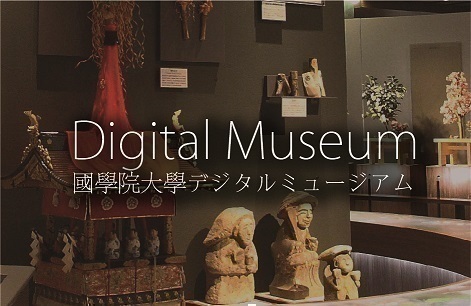- トップ
- Encyclopedia of Shinto
- Kujihongiengi
Encyclopedia of Shinto
| Main Menu: | |
| Links: |
詳細表示 (Complete Article)
| カテゴリー1: | 9. Texts and Sources |
|---|---|
| カテゴリー2: | Other Basic Texts |
| Title | Kujihongiengi |
| Text | (Jihen) Deep Significances in the Kuji hongi. Written by Jihen. Ten fascicles (however, only fascicles one, three, four, five, and nine are extant). Completed in 1332. Also known as Shintō shoki engi. Commissioned by Watarai (Higaki) Tsuneyoshi of Ise, the work aims at clarifying the "deep significances" found in the Sendai kuji hongi. In so doing, it opened up a new development in Ryōbu Shintō scholarship. Given that the year of its completion also coincides with Emperor Godaigo's exile to Oki, the work exhibits a strong political character. Fascicles four, five, and nine are considered to contain the deepest secrets, with fascicle four explaining the power of the Emperor in ruling the land, fascicle five discussing the basic meaning and ultimate truths of Shintō, and fascicle nine describing the conferral of the Ten Varieties of DivineTreasures (Tokusa no kamudakara) and the Three Imperial Regalia (sanshu no shinki). The work also identifies Japan (Shintō) as the root of all countries and all teachings, with China (Confucianism) as the branches and leaves, and India (Buddhism) as the flowers and fruit, thereby espousing notions of "root—branches and leaves—flowers and fruit" before their appearance in Yoshida Shintō teachings. Included in Zokuzoku gunsho ruijū: Jingi-bu and Shintō taikei: Ronsetsu-hen, Tendai Shintō, vol. 1. — Nishida Kazuhiko |




